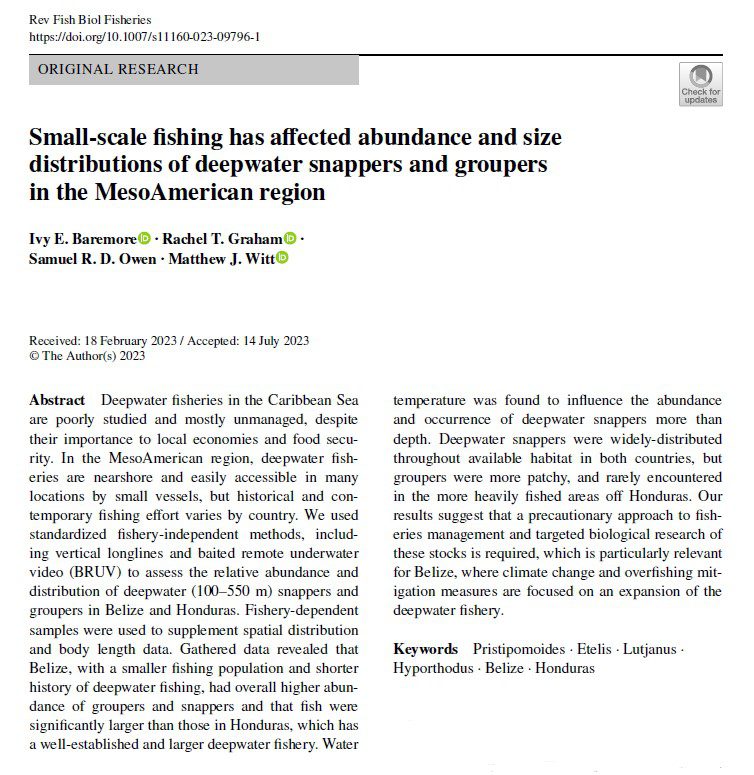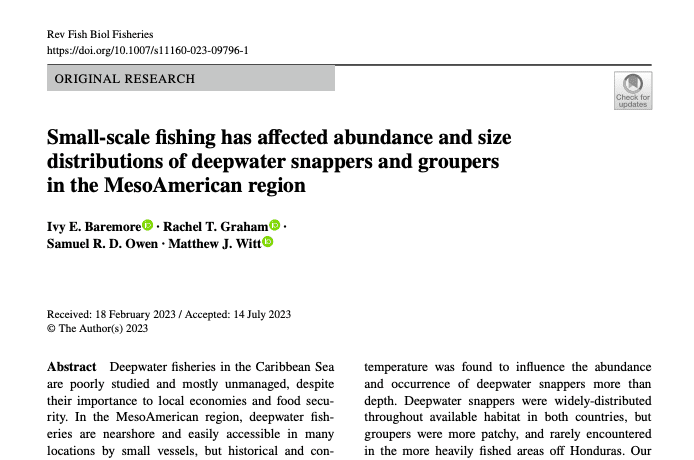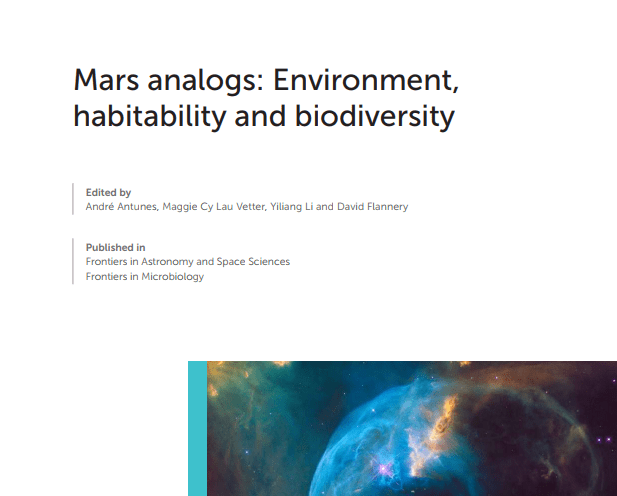The oceanic manta ray (Mobula birostris) is a circumglobally distributed species, but little to no information exists for many parts of their range. The eastern central Atlantic Ocean is a particularly data-defcient area, where manta ray presence has seldom been reported and regional descriptions of the distribution, movement, and connectivity of populations are unavailable. This study makes use of satellite telemetry, coupled with ecological niche modeling, to provide the frst description an oceanic manta ray population in the region based on observations from Cabo Verde, and describes the most likely distribution of the species in the region. Repeated surveys between 2015 and 2019 and data from 11 satellite-tracked individuals revealed a reliable and continued presence of manta rays in the archipelago, although the number of sightings was considerably lower than those reported for some of the major aggregation sites for the species and no individual was ever re-sighted. Ecological niche modeling indicates suitable habitat for manta rays exists in Cabo Verde for most of the year, though in considerably higher extent during the summer months. The model furthermore suggests possible seasonal connections between the archipelago and the wider Gulf of Guinea. The role of Cabo Verde in the life-history of oceanic manta rays in the region remains to be elucidated, though the low abundance and re-sighting frequency, coupled with modeling suggesting expanding and contracting suitable habitat, suggests that Cabo Verde might be a key stop-over along a potentially longer movement corridor.

Small‑scale fishing has affected abundance and size distributions of deepwater snappers and groupers in the MesoAmerican region
Deepwater fisheries in the Caribbean Sea are poorly studied and mostly unmanaged, despite their importance to local economies and food security. In the MesoAmerican region,


